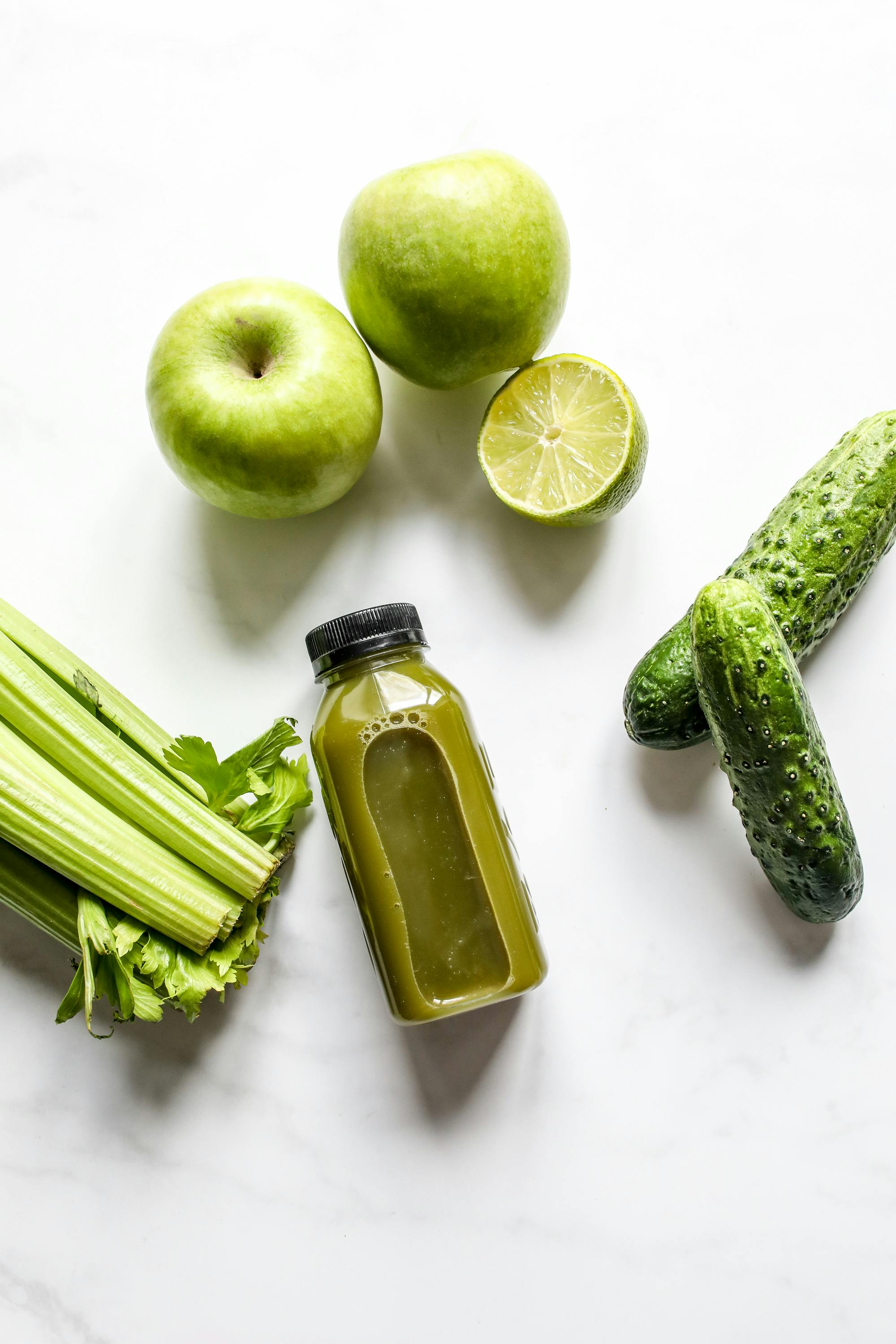Essential Guide to Care for a Venus Fly Trap in 2025
The Venus Fly Trap (Dionaea muscipula) is not only a fascinating carnivorous plant but also an excellent choice for gardeners seeking something unique. This guide aims to provide a comprehensive understanding of how to care for a Venus Fly Trap, covering key requirements for successful growth in various environments. Whether you’re a seasoned plant enthusiast or a beginner looking to enhance your collection, understanding the needs of this extraordinary plant is crucial for its longevity and success.
In the following sections, we will delve into various aspects of Venus Fly Trap care including watering schedules, light requirements, soil types, and nutrition. Additionally, we'll explore propagation methods, common issues, and seasonal care tips. Understanding these facets will help you ensure your Venus Fly Trap thrives and exhibits its characteristic beauty.
Key takeaways include knowing the right potting techniques, maintaining appropriate humidity and temperature levels, and recognizing the signs of a healthy plant. With this knowledge in hand, you can create an ideal environment for your Venus Fly Trap to flourish.
Watering Your Venus Fly Trap: Essential Practices
One of the most crucial elements of venus fly trap care is mastering the art of watering. The Venus Fly Trap typically thrives in moist conditions, but utilizing the right water type and schedule is vital.
Understanding Water Types
Venus Fly Traps require distilled or rainwater for optimal health. Tap water can be harmful due to high mineral content. Always check the water pH; ideally, it should be around 6.0 to 7.0. Using the correct water type not only promotes plant health but also helps prevent diseases.
Creating a Watering Schedule
It's important to maintain consistent moisture in the soil. A watering schedule can help with this: water the plant when the top inch of soil feels dry, usually once every few days during the growing season. Overwatering can lead to root rot, so ensure there’s good drainage and avoid letting the plant sit in water.
Signs of Over or Under-Watering
Recognizing the signs of improper watering is crucial for Venus Fly Trap maintenance. Yellowing leaves may indicate overwatering, whereas browning leaf edges may suggest underwatering. Adjust your watering practices accordingly to keep your plant healthy.

Ideal Light Conditions for Your Venus Fly Trap
Another critical aspect of venus fly trap care involves providing the right amount of light. Light plays a vital role in the metabolic processes of carnivorous plants, requiring understanding to optimize their exposure.
Natural Light Requirements
Venus Fly Traps thrive best in bright, indirect sunlight for about 12 hours a day. If growing indoors, place them near a south-facing window. For those lacking natural light, consider using grow lights as an effective supplement.
Adjusting to Seasonal Changes
Understanding the plant’s light needs may alter with seasonal variations. In the winter, when daylight is shorter, using a grow light can help ensure the plant receives adequate light without over-exposing it to harsh conditions.
Determining The Right Exposure
Monitor your plant's response to light conditions; look for signs of stress, such as leggy growth that indicates insufficient light. Adjust exposure until you achieve healthy, robust leaves and traps for successful growth.
Soil Composition: The Foundation of Venus Fly Trap Health
Selecting the right soil is fundamental to providing proper care. Venus Fly Traps thrive in nutrient-poor, well-draining substrate. Using incorrect soil type can lead to root problems and plant health decline.
Choosing the Best Soil for Venus Fly Traps
Use a mix specifically designed for carnivorous plants, typically containing sphagnum moss, perlite, and peat. This combination ensures that the soil remains aerated and retains moisture without becoming waterlogged.
Potting and Transplanting Tips
When potting your Venus Fly Trap, choose a container with ample drainage holes. Transplanting should occur annually, particularly if the plant has outgrown its pot or the soil has degraded.
Feeding Your Venus Fly Trap: Best Practices
Feeding is a unique aspect of venus fly trap care. These plants capture nutrients from insects, which is essential for their health.
Feeding Frequency and Types of Food
During the growing season, Venus Fly Traps can be fed insects once every 2-4 weeks. If indoor, consider using freeze-dried insects or feeding it live bugs. Ensure they are appropriately sized—too large may damage the traps.
Signs of Sufficient Feeding
Healthy traps should close quickly after capturing prey and slowly reopen to reveal dried remains. A good feeding regimen indicates robust plant growth and healthy traps.
Special Considerations
Avoid overfeeding your Venus Fly Trap, as this can lead to health issues. If traps are frequently catching insects, you can reduce supplementary feeding accordingly.

Understanding Venus Fly Trap Dormancy and Seasonal Care
Proper seasonal care is crucial, particularly during dormancy. For healthy growth year-round, it's essential to understand this cycle.
Recognizing Dormancy Signs
The dormancy period typically occurs in winter, where the plant may exhibit reduced growth or trap production. Recognizing these signs is vital for proper care during this phase.
Temperature and Humidity Requirements
During dormancy, Venus Fly Traps prefer cooler temperatures, ideally between 32°F and 50°F, with reduced humidity. Adjust their environment accordingly, keeping them away from heat sources.
Post-Dormancy Care
As spring approaches, gradually reintroduce them to brighter light and warmer temperatures to stimulate growth. Monitoring for new growth means your plant has successfully transitioned out of dormancy.
Dealing with Common Pests and Diseases
Even the healthiest plants can face challenges. Understanding how to combat pests and diseases ensures your Venus Fly Trap remains vibrant.
Identifying Common Pests
Pests such as aphids, spider mites, and fungus gnats can affect Venus Fly Traps. Regularly inspect your plants for signs of infestations and take action immediately.
Preventative Measures and Treatments
Applying organic pesticides can help manage pests. Additionally, maintaining proper humidity and drainage will minimize disease occurrences.
Recognizing and Treating Diseases
Root rot, caused by overwatering, is one of the most common issues. Remove affected roots and repot in fresh, well-draining soil to mitigate risks.
Conclusion: Maintaining a Thriving Venus Fly Trap
In conclusion, successful care for a Venus Fly Trap involves a delicate balance of watering, light exposure, soil composition, and proper seasonal care. Understanding its dormancy cycle and being vigilant about pests can greatly enhance its lifespan and overall health. With the right approach, your Venus Fly Trap can thrive, demonstrating vibrant traps and resilient growth. Harnessing this knowledge will empower you to nurture these unique plants effectively.
```